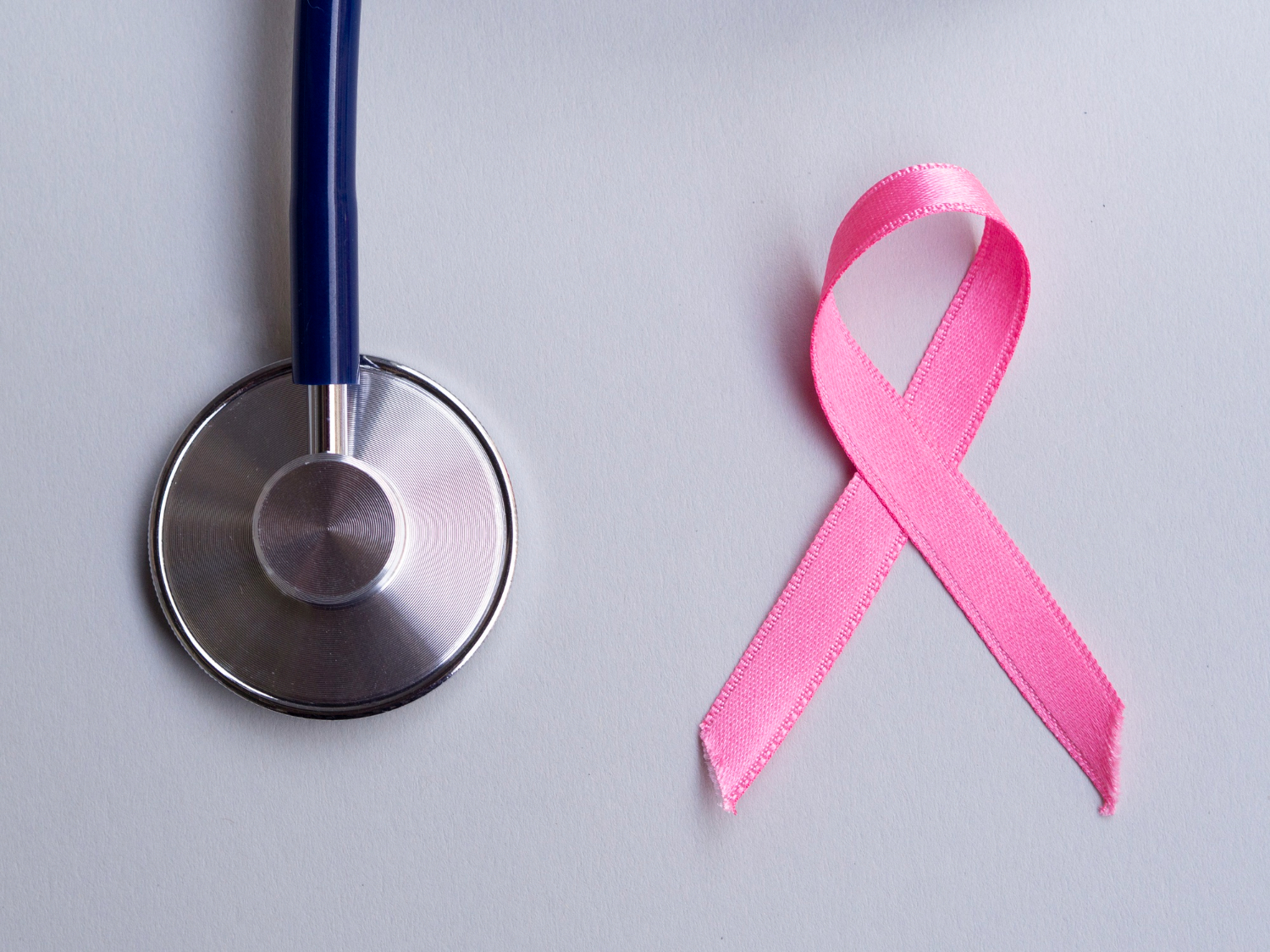
Breast cancer screening is vital in reducing mortality rates associated with the disease. However, traditional mammography, despite its effectiveness, often results in false positives, leading to unnecessary stress and procedures for patients. A recent retrospective study in Denmark highlights how artificial intelligence (AI) can significantly enhance the accuracy of breast cancer detection while reducing the incidence of false positives.
AI in Breast Cancer Screening
Artificial intelligence has made significant strides in medical imaging, particularly in breast cancer screening. By leveraging deep learning models, AI systems can analyze mammograms with remarkable precision, identifying suspicious lesions and calcifications that may indicate cancer. This technological advancement promises to transform the way radiologists approach breast cancer screening.
Study Overview
The study, published in the RSNA journal Radiology, was conducted by a team of researchers led by Dr. Andreas D. Lauritzen from the University of Copenhagen and Gentofte Hospital in Denmark. The primary objective was to compare the effectiveness of AI-assisted mammography screening with traditional methods regarding cancer detection rates and false-positive findings.
Methodology
Cohorts and Screening Process
The retrospective study analyzed two distinct cohorts of women aged 50 to 69 who underwent biennial mammography screening in the Capital Region of Denmark. The first cohort, screened between October 2020 and November 2021, underwent traditional mammography interpreted by two radiologists. The second cohort, screened between November 2021 and October 2022, had their mammograms initially analyzed by an AI system. The AI-determined normal screenings were reviewed by a single radiologist, while the suspicious ones were double-read by two radiologists with AI assistance.
AI System Used
The AI system utilized in the study was a commercially available deep-learning model designed to detect and rate suspicious lesions and calcifications in mammograms. The system’s primary function was to assist radiologists by highlighting areas of concern, thereby improving diagnostic accuracy and efficiency.
Study Results
Cancer Detection Rates
The study found that AI-assisted screening significantly improved cancer detection rates compared to traditional methods. Specifically, the detection rate increased from 0.70% in the non-AI group to 0.82% in the AI group. This improvement underscores the potential of AI to enhance early breast cancer detection, leading to better patient outcomes.
False Positive Reduction
One of the critical findings of the study was the reduction in false-positive rates. The AI-assisted screening group experienced a false-positive rate of 1.63%, compared to 2.39% in the traditional screening group. This reduction is significant as it minimizes unnecessary anxiety and invasive procedures for patients.
Radiologist Workload
Implementing AI in the screening process also resulted in a notable decrease in the workload for radiologists. The study reported a 33.4% reduction in the number of mammograms radiologists needed to read, primarily due to the AI system’s ability to triage likely normal results. This efficiency gain is crucial in addressing the high demand for radiologists and improving the overall workflow in breast cancer screening programs.
Discussion and Future Research
While the study’s findings are promising, Dr. Lauritzen emphasized the need for further research to evaluate long-term outcomes and ensure that AI implementation does not lead to overdiagnosis. Additionally, the study highlighted the importance of integrating AI with historical mammogram data to enhance its diagnostic capabilities. As screening protocols vary globally, it is also essential to consider regional differences when implementing AI in breast cancer screening.
FAQs
Q1: How does AI improve breast cancer detection?
AI enhances breast cancer detection by analyzing mammograms with high precision and identifying suspicious lesions and calcifications that may indicate cancer.
Q2: What are the benefits of using AI in mammography?
AI improves cancer detection rates, reduces false positives, and decreases radiologist workload, leading to more efficient and accurate screening processes.
Q3: Did the study find any downsides to using AI in breast cancer screening?
The study primarily found benefits, but it highlighted the need for further research to ensure that AI does not increase overdiagnosis rates.
Conclusion
The retrospective study conducted in Denmark demonstrates the significant potential of AI in improving breast cancer screening. By enhancing detection rates, reducing false positives, and alleviating radiologist workload, AI offers a promising tool for advancing breast cancer diagnostics. Continued research and integration of AI with historical data are essential for maximizing its benefits and ensuring its efficacy across different screening protocols.
Discover the latest Provider news updates with a single click. Follow DistilINFO HospitalIT and stay ahead with updates. Join our community today!




